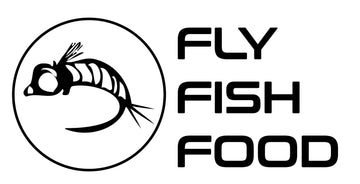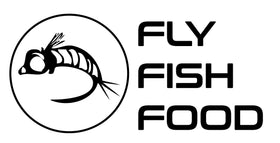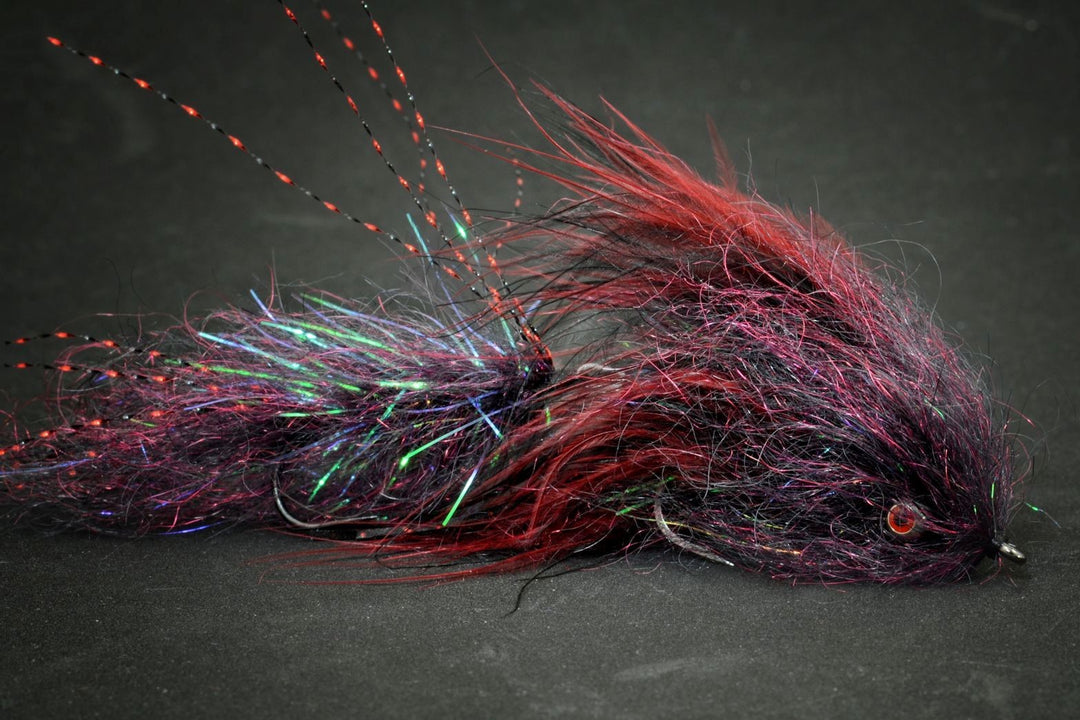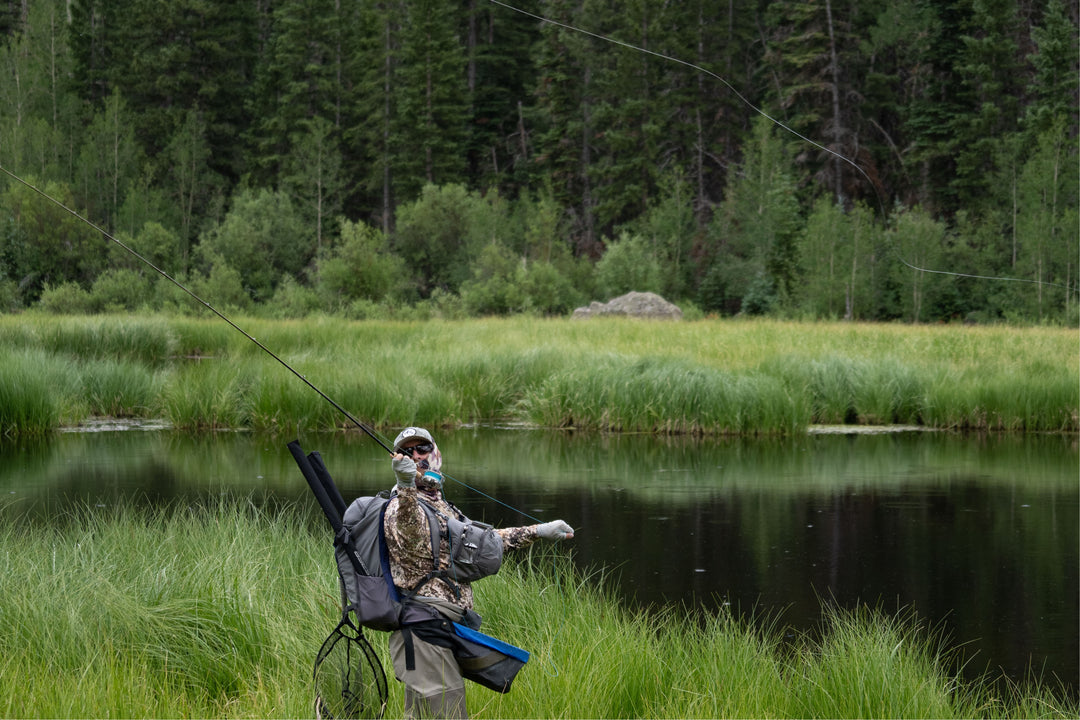Idaho ·
Salmon River Fly Fishing Report - August 8/23/2025
SALMON RIVER FLY FISHING REPORT
Late summer conditions — focus on warmwater species, nymphing and streamers
Report Date: August 23, 2025 | Next Update: August 30, 2025
Current River Conditions
Late‑August pattern: low, steady flows with warm water. The river is in "summer mode" — excellent for smallmouth and warmwater species; don't expect significant salmon movement until cooler water arrives.
Flows & Gauge
Reported flow (recent gauge): ~281 CFS (Pineville gauge)
Dam/Release: ~185 CFS (reported release)
Note: flows are stable and low for this time of year — watch for local release changes before heading out.
Reported flow (recent gauge): ~281 CFS (Pineville gauge)
Dam/Release: ~185 CFS (reported release)
Note: flows are stable and low for this time of year — watch for local release changes before heading out.
Water Temperature
Current range: mid 60s to mid 70s °F (typical late‑summer warmth)
Effect: warmer temps push trout to deeper runs/structures and favor smallmouth and bass activity.
Current range: mid 60s to mid 70s °F (typical late‑summer warmth)
Effect: warmer temps push trout to deeper runs/structures and favor smallmouth and bass activity.
Clarity & Visibility
Clarity: Generally clear to mildly stained in runoff pockets
Visibility: Good in main channel; watch eddies and backwaters for stained water where fish hold.
Clarity: Generally clear to mildly stained in runoff pockets
Visibility: Good in main channel; watch eddies and backwaters for stained water where fish hold.
Access & Road Notes
Access points: most public ramps and walk‑in spots are open
Parking: busier on weekends — plan early or target midweek stretches for solitude.
Access points: most public ramps and walk‑in spots are open
Parking: busier on weekends — plan early or target midweek stretches for solitude.
What’s Biting (Species Notes)
| Species | Activity | Where to Target |
|---|---|---|
| Smallmouth Bass | High — aggressive topwater and sub‑surface strikes | Shaded banks, wood/rock structure, slower current seams |
| Brown & Rainbow Trout | Moderate — deeper lies, selective in warm afternoons | Drop‑offs, deeper runs, tailouts and springs |
| Salmon (Chinook/Coho) | Minimal to none — typical: runs start with cooler temps and higher fall flows | Expect movement later in season (late Sept–Oct typical) |
Hatch & Surface Activity
| Insect | Impression | Prime Time |
|---|---|---|
| PMDs & Baetis | Light to moderate — pick sunny calm pockets | Late morning to mid‑day |
| Caddis | Light — evening activity possible along banks | Evening |
| Stoneflies / Salmonfly (localized) | Spotty — not a river‑wide epic hatch this week | Warm afternoons where stones are present |
| Terrestrials (ants, beetles) | Increasing — fish key to banks and undercut roots | Afternoon through dusk |
Recommended Flies (matched to available patterns)
Below are tested patterns matched to fly patterns in the reference fly sheet. Click each to view the tied pattern and pick sizes/colors appropriate for the water you’ll fish.
| Fly | Use | Notes & Link |
|---|---|---|
| Libby's Salmonfly | Large dry when stones/salmonflies appear | View pattern — sizes #4–8; best on warm, calm afternoons |
| Tungsten Pat's Rubber Legs | Nymph for stonefly/large nymph takes | View pattern — sizes #6–10; great on indicator or Euro setups |
| Split Case — PMD | PMD dry / emerger | View pattern — sizes #14–18; subtle dries for selective trout |
| Corn‑fed Caddis (CDC) — Olive | Caddis dry for evenings | View pattern — sizes #14–18; fish skittered, not dead‑drifted |
| Parachute — Blue Wing Olive | BWO / small mayfly situations | View pattern — sizes #16–20 for picky trout |
| Coffey's Articulated Sparkle Minnow (Sculpin) | Streamer for big trout & bass | View pattern — mimic sculpin around structure, sizes #4 |
| Cheech Leech — Black/Red | Leech / sculpin streamer | View pattern — deadly in deeper runs and pocket water |
| Joe's Mini Crayfish Jig | Crayfish imitation for bass & trout | View pattern — fish along rock piles and dropoffs |
| Tungsten Jig Bugger — Olive (barbless) | Jig streamer for deep takes | View pattern — fish on a tight, slow swing or hopped on the bottom |
| Pheasant Tail — Tungsten | General nymphing / mayfly nymph | View pattern — sizes #14–18; work as point on a nymph rig |
Tactics & Where to Fish
Morning: Indicator nymph rigs (two nymphs, light tungsten on point) in riffles and heads of runs. Work the seams and deeper tails where trout stage in warm water.
Midday: Focus on deeper water and structure. Use tungsten jig buggers, sculpin streamers and crayfish jigs stripped on short, sharp retrieves for bass and larger trout.
Afternoon to Evening: Switch to dries where you see surface activity — PMDs, BWOs, caddis. Terrestrial patterns can produce in the warmest hours along overhanging banks.
Boat Anglers: Work shorelines and rockpiles with articulated sculpins and leeches; anchor above a run and fish downstream with a long swing on larger streamers.
Midday: Focus on deeper water and structure. Use tungsten jig buggers, sculpin streamers and crayfish jigs stripped on short, sharp retrieves for bass and larger trout.
Afternoon to Evening: Switch to dries where you see surface activity — PMDs, BWOs, caddis. Terrestrial patterns can produce in the warmest hours along overhanging banks.
Boat Anglers: Work shorelines and rockpiles with articulated sculpins and leeches; anchor above a run and fish downstream with a long swing on larger streamers.
Leaders, Tippet & Rods
Fly Rods
4–6 wt for trout when nymphing/drying
6–8 wt or 8–9 wt for streamer/bass work
4–6 wt for trout when nymphing/drying
6–8 wt or 8–9 wt for streamer/bass work
Leaders
9–12 ft tapered leaders for dries
3–6 ft shock tippet for heavy streamer work
9–12 ft tapered leaders for dries
3–6 ft shock tippet for heavy streamer work
Tippet
4X–6X for selective dries (PMD/BWO)
0X–2X fluorocarbon for big streamers and bass
4X–6X for selective dries (PMD/BWO)
0X–2X fluorocarbon for big streamers and bass
Quick Gear Checklist
- Indicator set + tungsten nymphs
- Streamer rod (6–8 wt) and articulated sculpins / leeches
- Assortment of dries: PMD, BWO, caddis, terrestrials
- Crayfish and sculpin patterns for structure
- Sun protection, hydration — late summer heat
Safety & Local Notes
Water temperatures are elevated — fish stress is higher. Use careful handling, keep fish in current while unhooking, and minimize fight times. Check local closures or special regulations for Salmon River sections before you go. If releases change, expect shifts in holding water and fish behavior.




